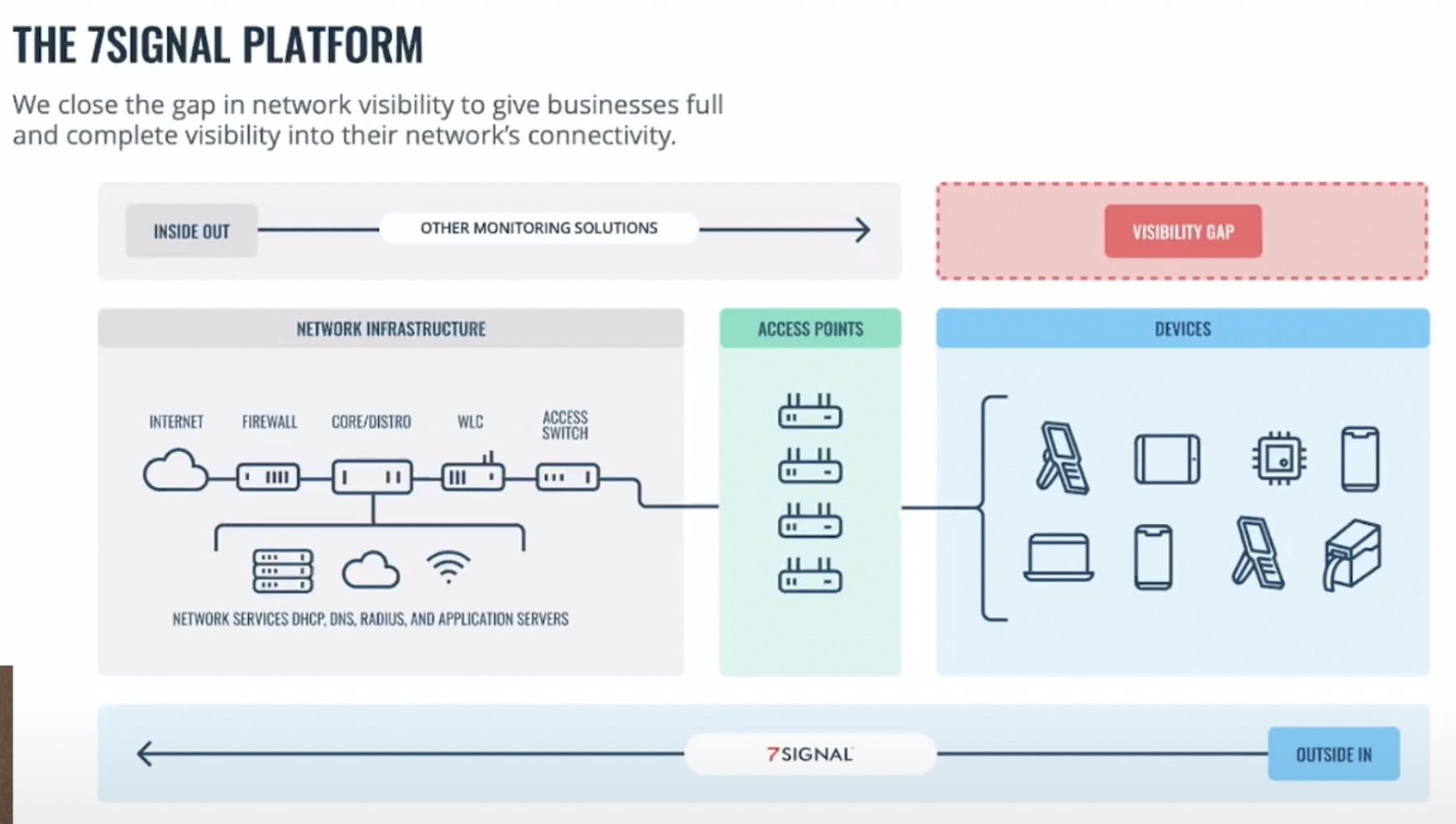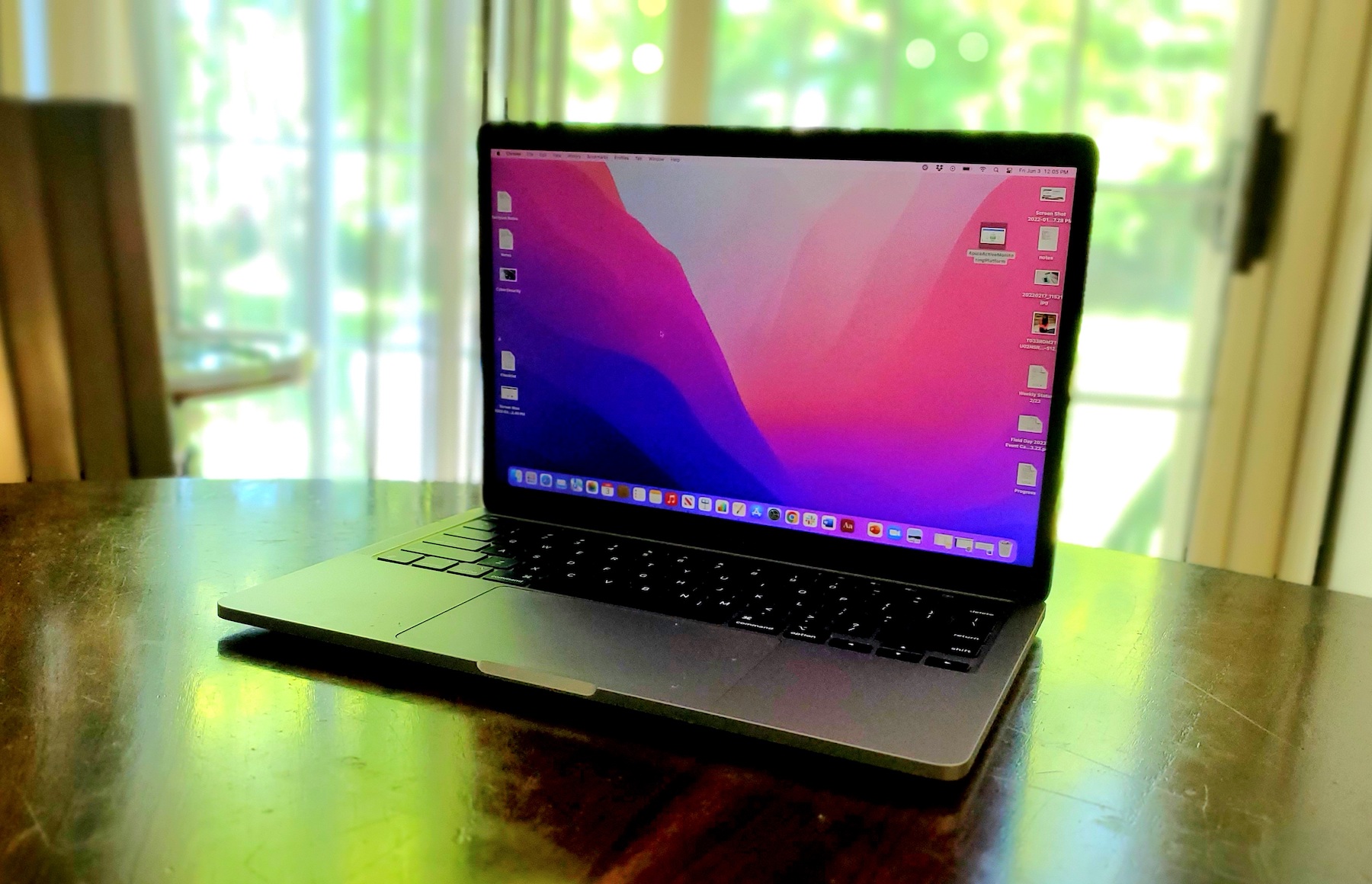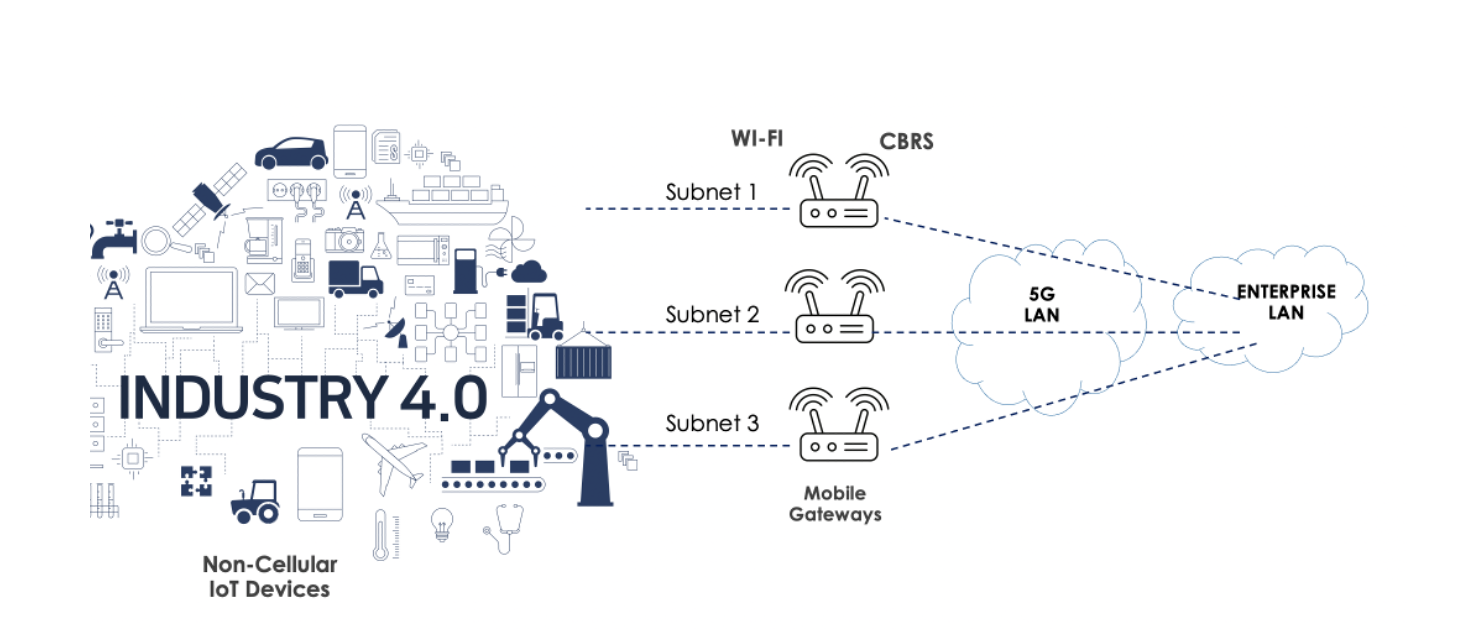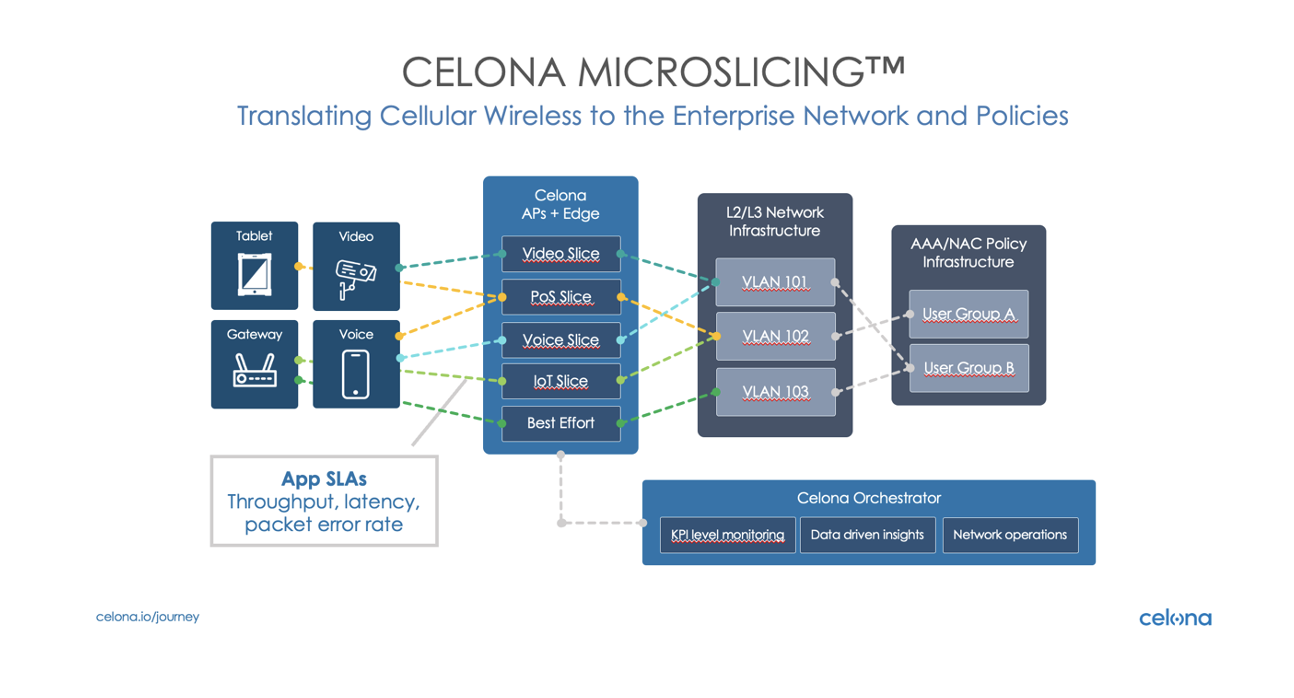So… what can be virtualized? Server Loads — Check. Workstations — Check. Applications — Check. Phones — On Deck.
One of the up and coming topics in the virtualization industry is how to properly virtualize phones.
Mobile phones are quickly becoming one of the most convenient and powerful computing devices in our everyday lives. Roughly 20% of the phones in the US are smart phones… with anticipated intersection with “feature” phones coming somewhere around the end of 2011.
It is not uncommon to find a smart phone with a full QWERTY keyboard, high resolution display, multiple GB in storage, WiFi, 3G/4G, 1+ Ghz processor, etc… Increase the display size, and we could be carrying a netbook in our pockets. Heck… some even have video out built in. Install a View client, connect a monitor, and you have a perfectly working VDI client. Talk about BYOPC (Bring Your Own PC). (see Citrix Nirvana Phone)
Citrix and VMware have really taken the phone virtualization up to task. Both have been working on prototypes on how they believe that phone content should be handled.
Citrix: bare metal install
This is the most similar to what we see with ESXi and XenServer… the hypervisor (or microvisor, as it is being referred to (how cute!)) is installed onto the base hardware and the Phone OS is installed on top of the stack. For the virtualization engineers out there, this is a pretty standard concept.
This concept is being promoted as a way to allow a single device to handle personal needs as well as business needs… all the time, ensuring security between those dramatically different use cases.
VMware: hosted install (sits on top of installed phone OS) — Mobile Virtualization Platform (MVP)
This concept is similar to the VMware GSX or VMware Server 1.0/2.0 concept. A hypervisor is mounted inside of the installed phone OS and allows the phone to help manage the device resources.
This concept is being promoted as a way to allow any application to run on any platform (see Java theory: write once, run anywhere) as well as allowing security by isolating applications in their own little world.
Originally, the plan for MVP was to install onto the phone hardware itself. But, due to architecture changes, the decision was made to go to a hosted environment with the base phone OS being the “personal” and “insecure” level and the ability to add the “secure” and “trusted” corporate image on top.
Each company has made investments or acquisitions of companies that can really aid them in this new environment (Citrix: OK Labs; VMware: Trango).
So… each company has drawn a line in the sand. Where does this leave us going forward, though?
I can see some major advantages to both approaches to the implementation. And I see some faults
VMware
| Advantages | Disadvantages |
| Allows the user to provide their own device and only installs a single application to get the corporate image installed… and uninstalled upon employee leaving the company. | Host OS applications can consume resources that impact performance of virtualized image applications |
| Ability to merge the applications in both environments into a single menu system with the corporate applications being able to sit with the personal applications | VMware will need to be able to adapt with changing OS functions and drivers as the hardware and the OS change versions |
| Similar to application virtualization, this methodology will allow for calls, data, and other application isolation to ensure that data from one environment is not leaked elsewhere and that applications cannot pull personal information to send to outside entities |
Citrix
| Advantages | Disadvantages |
| Completely separate and isolated phone OS environments | User needs to switch between running the personal and corporate OS images |
| As long as Citrix can stay up to speed on the hardware of the phones, they do not need to worry about the drivers on the phone OS offerings. Instead, phone developers can rely on a single set of drivers for their phone stacks to sit upon. |
Roadblocks to the adoption of phone virtualization
| Phone OS companies are going to have to give in and see the advantages of phone virtualization to their overall business success versus making licensing agreements to their hardware vendors (ex: LG and Microsoft, Motorola and Android, Nokia and Symbian). |
| Phone OS images are going to need to become freely/readily available for Corporate IT departments or phone enthusiasts to customize and deploy. This includes the proper deployment tools and customization utilities. |
| Corporate IT departments and management are going to need to determine some kind of security policy and device ownership policy that will allow them to consume the phone resources owned by the end user and place a corporate image on the device. |
| The type of user that can realistically take advantage of mobile phone virtualization in a corporate environment is potentially smaller due to the limited capabilities of current phone functions and offerings. |
I feel like VMware has the upper-hand in their implementation avenue for mobile phone virtualization. While the resource management that a bare metal hypervisor provides is great… the mobile phone user values the experience over the resource management. Having a single set of applications that launch in the appropriate environment is more important and users do not want to switch their phone from corporate mode to personal mode.
I can see major advantages to Android and Microsoft in the phone virtualization environment. Email is the killer application for phones right now… especially in the corporate environment. Microsoft Exchange is one of the key drivers to Corporate IT supporting a phone platform over another. Android is freely available, so the cost to IT departments for obtaining and customizing the software is fairly minimal and includes ActiveSync Exchange integration. Microsoft is one of the most dominant corporate environment technology providers in the world. They have such a massive user base that the inclusion of a CAL with Enterprise Agreements would increase their revenue while ensuring their OS remains relevant in the marketplace.
Phone OS providers like Apple and Blackberry may be left behind. Apple is way too concerned with experience and their image to allow their OS to be run on hardware other than Apple provided hardware. Which is alright… that is the image they portray and they seem to like it. Blackberry is slowly becoming irrelevant… while they have their BES and BIS services, those require intermediary hosted or in-house services to connect with Corporate email. The email security is the key to their continued usage and that is becoming less and less useful as ActiveSync is being licensed elsewhere and more security policies are becoming available for it.
Perhaps the biggest surprises could be the Palm/HP PalmOS and Symbian. While Symbian is very popular outside of the US, the usage is still highly restricted to Nokia hardware. Uncoupling the OS from the Nokia hardware could definitely benefit Nokia as it could be licensed and use on many more platforms! PalmOS is still undergoing an identity crisis. No one is sure where the OS is heading… especially now that HP, not known for their mobile phone prowess, is their owner. They could make a jump to be a virtual only platform and become free or lightly licensed and make a major jump in adoption.
In addition to the phone OS vendors that need to line up for mobile phone virtualization to work, the applications and functions that phones provide are going to need to change. Email is not the only offering that is going to drive this functionality. The ease and ability to develop specialized applications for each company as well as existing Enterprise software providers are going to need to provide mobile client offering that provide, at least, a subset of the standard client functionality are going to be key. Perhaps it is some fancy BI reporting, hooks into the corporate CRM system, collaboration suite, IP telephony, Thin Client, etc…
I love the direction this is heading. Again, VMware has the upper-hand in their implementation methodology despite the head start Citrix has right now. However, getting the OS vendors, application vendors, and Corporate IT to buy in is going to be key to making this work.
Source Links
- http://blog.nielsen.com/nielsenwire/consumer/smartphones-to-overtake-feature-phones-in-u-s-by-2011/
- http://virtualization.info/en/news/2010/09/vmware-cvp-and-mvp-projects-alive-and-almost-well.html
- http://community.citrix.com/display/ocb/2010/02/08/The+SmartPhone+is+your+desktop+-+Nirvana+Phone+Webinar




